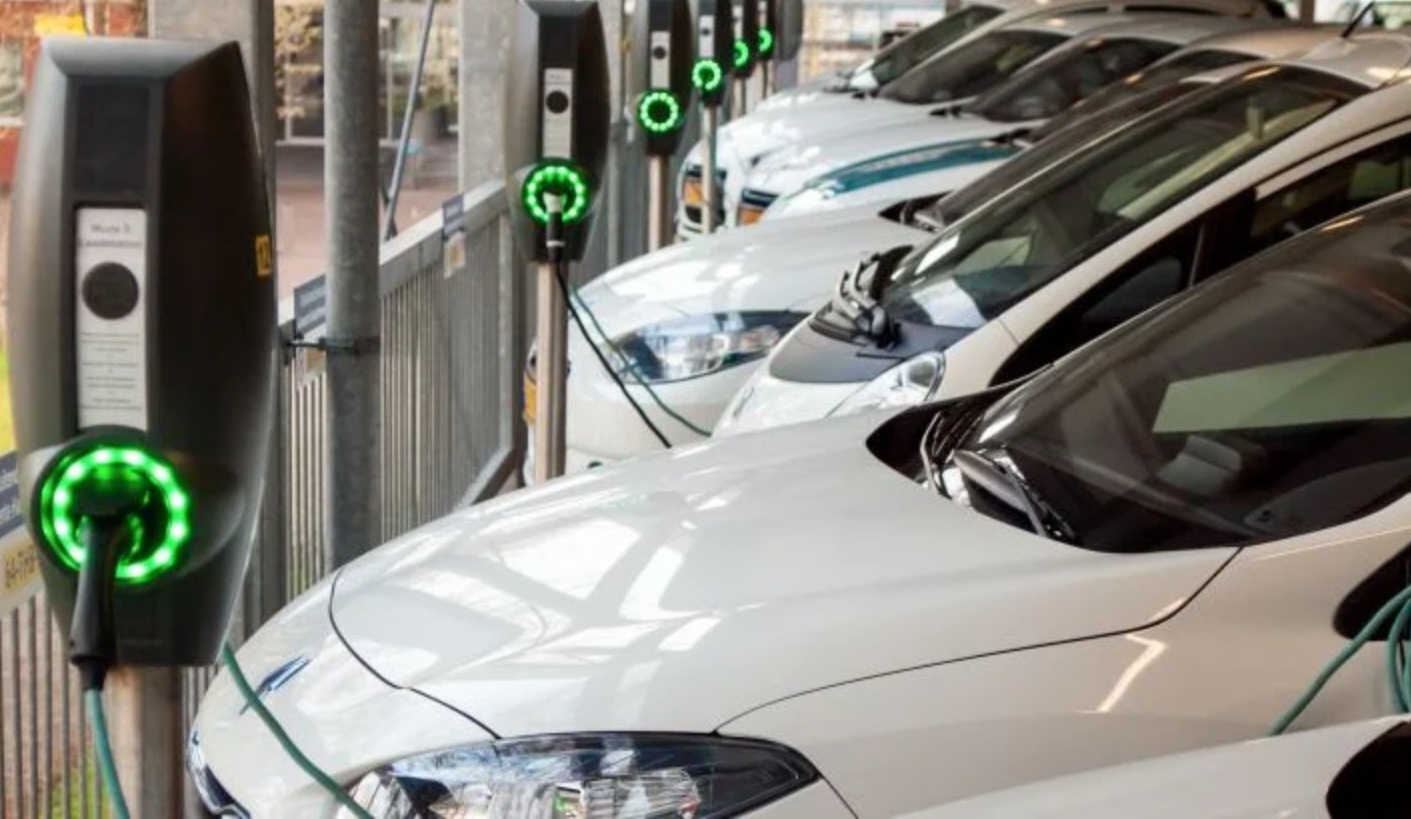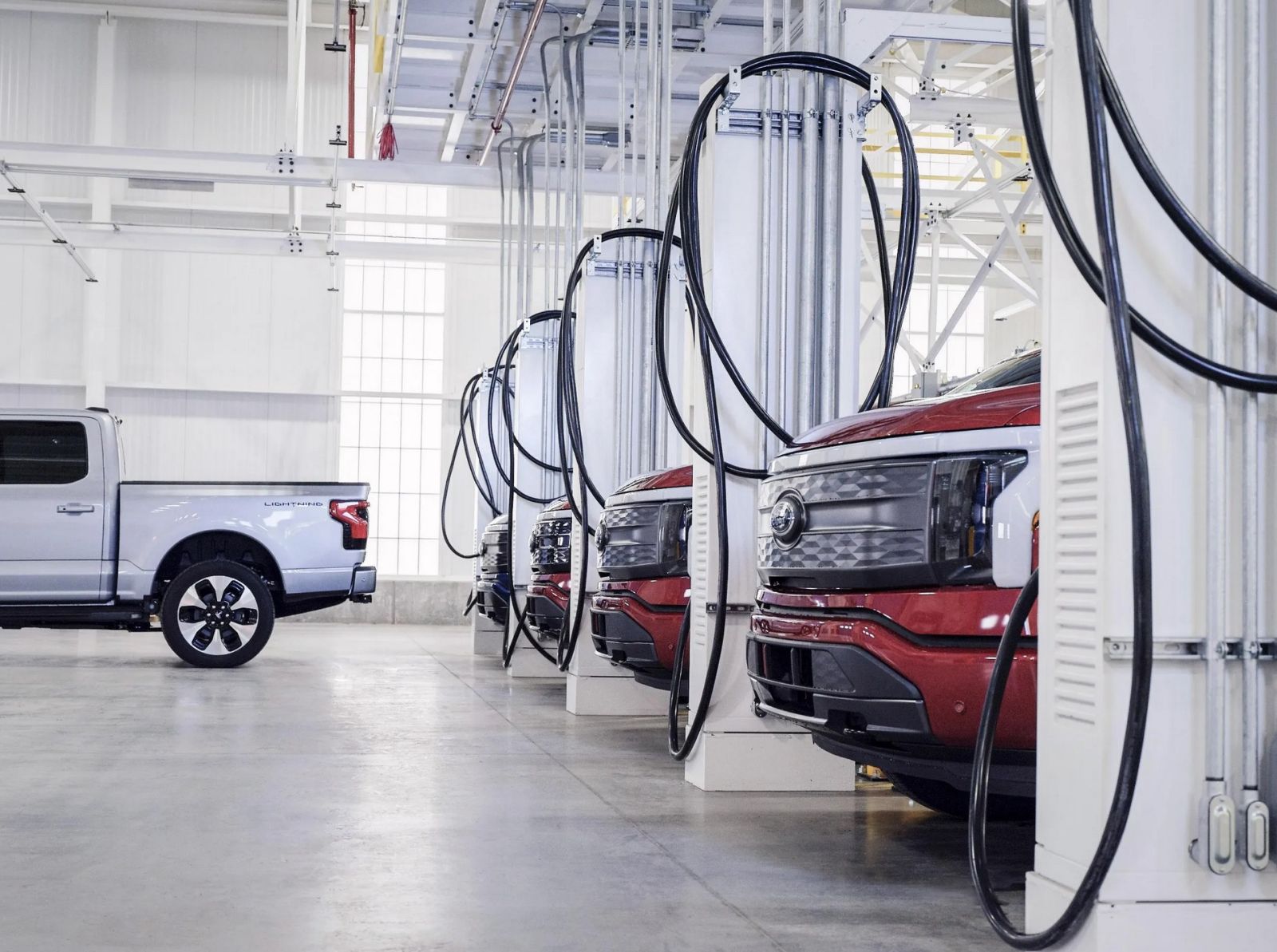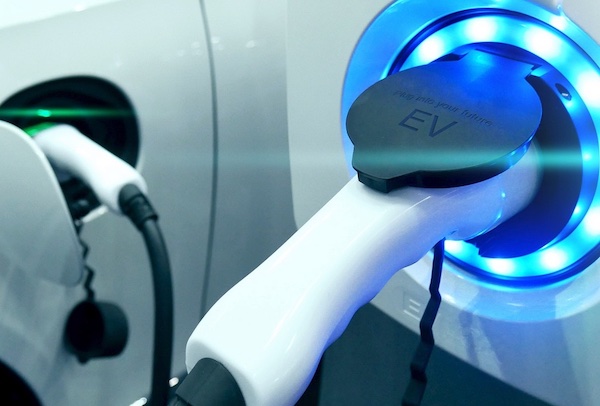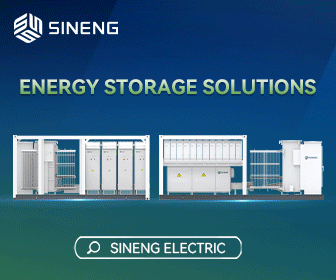AI & Connected Vehicle Data Will Help States & Utilities Replace Gas Taxes with EV Road Usage Charges
It is estimated that the average American driver pays approximately $300 through road and gas taxes each year, generating critical revenue from each driver that goes toward helping to pay for infrastructure maintenance and other important needs in each region and community.
While it may appear that this is yet another unnecessary tax on Americans, it is actually a tactic that each state and utility employs to find new sources of revenue each year. All drivers, including light vehicle car drivers, as well as those from rental and business fleets, all fill up their gas tanks, and each pays roughly this amount on an annual basis.

The eventual decline of ICE gas taxes
Utilities and each state’s gas tax revenue will continue to decline, however, as more drivers choose electric vehicles thanks to incentives provided by the Inflation Reduction Act and other federal laws. While many decision-makers have embraced the switch to electric vehicles, neither the states nor the federal government have yet to come up with a perfect solution to replace their gas taxes, which have historically been a vital source of funding for transportation infrastructure.
Since the early 20th century, most utilities and states have relied heavily on gas taxes to fund their transportation systems; the federal government has done the same since the Interstate Highway Act of 1956 was passed. For years, they have been insufficient to cover costs. The last federal gas tax increase occurred in 1993 — since then, it hasn't kept up with inflation. In fact, less than half of the states have a gas tax that is indexed to inflation.
Road usage charges on the rise
Today, states and local agencies and utilities are working closely with partners to identify ways to leverage road usage data from electric vehicles (EV) as a way to recoup those lost revenues. This program is already being talked about through the Department of Transportation (DOT) agencies in states such as Utah, Virginia, Oregon, and Hawaii.
These and other states are looking for partners with the capability of leveraging OEM data via cloud transfer, which does not involve any additional hardware or devices inside the vehicles themselves. This data, part of today’s connected vehicle data ecosystem, will communicate Road Usage Charges (RUC) back to the state DOT and DMV agencies, similar to how states currently collect usage charges when a person’s vehicle passes through an unmanned toll booth system.
Connected vehicle data platforms will power RUC collections
States must find the right connected vehicle data partner with the technology and capability to leverage AI (artificial technology) and the cloud, to standardize data not only from multiple OEMs, but to also create actionable data from states with varying tax levels. This is important, because when a vehicle travels across multiple states with different tax levels, the data provider must have the technology to calculate, with precision, how much revenue is collected from each vehicle, and then how much of that revenue is distributed across each different state.
The usage of this type of connected vehicle data is currently in use by many vehicle insurance companies. Usage-based insurance (UBI) plans typically leverage connected vehicle data to monitor mileage, time of day driving, harsh braking, acceleration, and speeding. The driver receives a driving evaluation along with recommendations for improving driver performance. Therefore, each driver’s usage subsequently affects the insurance rates, which can be reduced following excellent driving behaviors.
Only specific data providers can provide solutions
To truly be effective and useful, each vehicle’s data must be tracked, managed, cleaned, secured, and enriched throughout its journey to produce the right insight for state and local agencies wishing to leverage RUC data. This is why many states today are being careful about the selection of connected vehicle data providers, seeking partners with new processing capabilities to make this happen so that the data is properly used and computed.

Technological advancements by these partners have made it possible for embedded systems to communicate in an effective and efficient manner with sensors in both the vehicle and cloud server. Leveraging a distributed computing environment that optimizes data exchange as well as data storage, IoT improves response times and saves bandwidth for a swift data experience. Integrating this architecture with a cloud-based platform further helps to create a robust, end-to-end communications system for cost-effective business decisions and efficient operations. Collectively, an edge cloud and embedded intelligence duo connects the edge devices (vehicle sensors) to the IT infrastructure to make way for a new range of user-centric applications based on real-world environments.
With this connected vehicle data now available, along with a cloud-based AI environment that does not require additional hardware devices in each vehicle, states have the right strategy to evolve their RUC tax revenue collection from ICE vehicles to EVs as more of these vehicles hit our nation’s roads and highways.
 Kapil Arora is the Chief Sales Officer at CerebrumX, an AI-driven automotive data management company. Arora focuses on creating a comprehensive ecosystem of partners to monetize untapped connected car data.
Kapil Arora is the Chief Sales Officer at CerebrumX, an AI-driven automotive data management company. Arora focuses on creating a comprehensive ecosystem of partners to monetize untapped connected car data.
CerebrumX | cerebrumx.ai
Author: Kapil Arora









